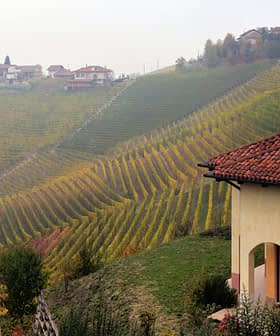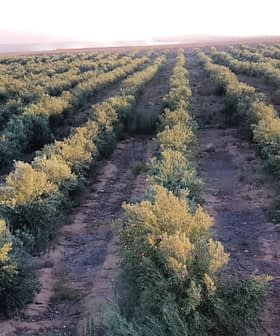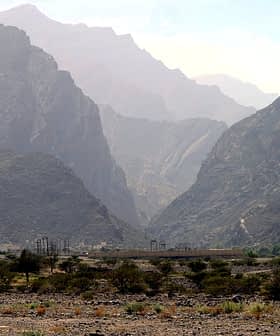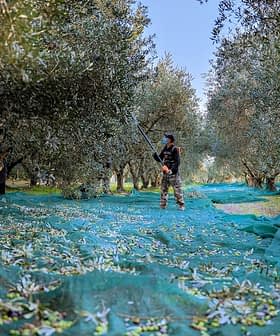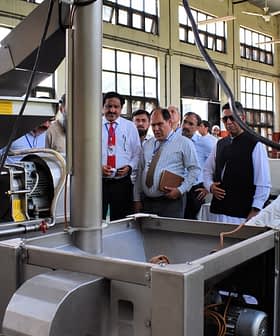The mayor of Lot-et-Garonne wants to develop olive oil production in the southwestern French region.
Philippe Bousquier called last month’s meeting with Yannick Masmondet, an olive oil evangelist and founder of the Oil’ive Green project, to discuss cultivating olive trees and agricultural diversification.
Located between Bordeaux and Toulouse, Lot-et-Garonne is not known for its olive oil production. However, an increasing number of winemakers in the neighboring Gironde region, home to Bordeaux, are planting olive trees as the climate becomes more hostile to grapes and hospitable to olive trees.
See Also:Languedoc Extra Virgin Olive Oil Receives PDO CertificationCarole Belbreil, one of the pioneers of olive oil production in Lot-et-Garonne, produced just 150 liters in 2017. At the time, she said locals laughed at their efforts when she and her partner first launched their business.
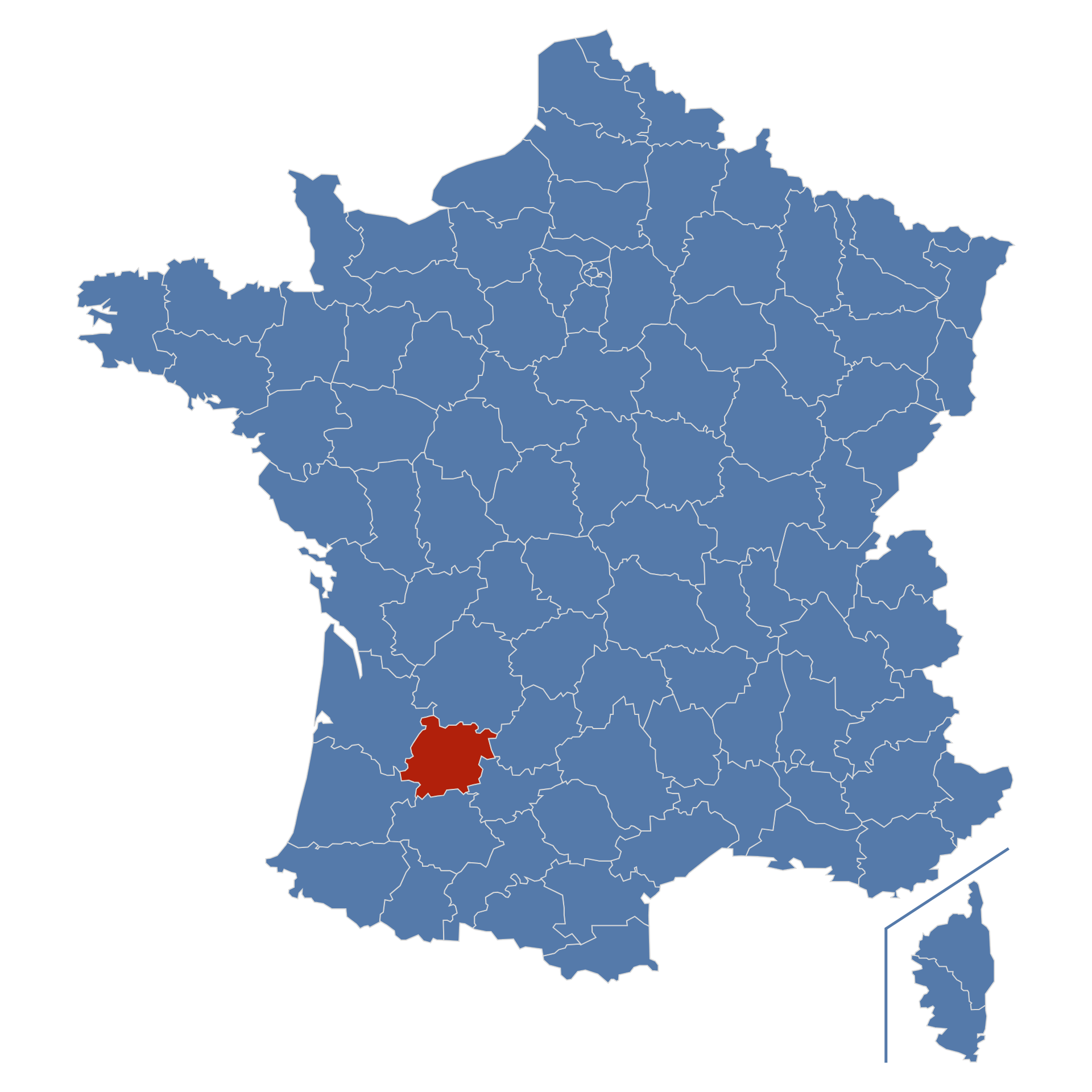
Lot-et-Garonne, France
Still, she said, since Lot-et-Garonne receives rain year-round, the region was less affected by climate change, thus a good investment for olive oil production. Drip irrigation has also been installed to compensate for rainfall deficits.
“Global warming is so obvious,” said Philippe de Faucamberge, Belbreil’s partner. “It’s good for us, especially since we have water pumped from Lot-et-Garonne, 30 kilometers away, available all year round.”
In 2016, they began harvesting and milling their first extra virgin olive oil, sold under the Oliveraie du Quercy Blanc brand. Since then, they have planted over 1,000 trees and aim to reach 3,000 on 10 hectares.
Bousquier, the mayor, is working to capitalize on Lot-et-Garonne’s advantages when demand for olive oil is high in France and production has slipped across the Mediterranean.
Overall, olive oil production in France is forecasted to reach 4,400 tons in the 2023/24 crop year, surpassing last year’s yield of 3,500 tons but falling short of the five-year average of 4,620 tons.
Bouches-du-Rhône, a department in the south of France, is the country’s largest producer of olive oil, with almost 1,650 tons a year, followed by Vaucluse, with 842 tons yielded annually.
Meanwhile, the International Olive Council estimates consumption in the country to decline slightly to 95,000 tons in the current crop year.
Still, Masmondet sees an opportunity to significantly expand olive oil production across southern France to meet the high demand and take advantage of the increasingly amenable climate.
After working in Morocco’s olive oil production sector for over ten years, he plans to offer comprehensive support to local farmers.
At the December meeting, he explained how local farmers could rely on his organization for help in several areas, including feasibility studies, land development, turnkey olive farm management and brand promotion.
In the short term, Oil’live Green plans to plant 60,000 hectares of olive trees in France, slightly more than double the country’s current olive groves. Ultimately, the consultancy hopes to increase production to meet a far higher percentage of local demand.



